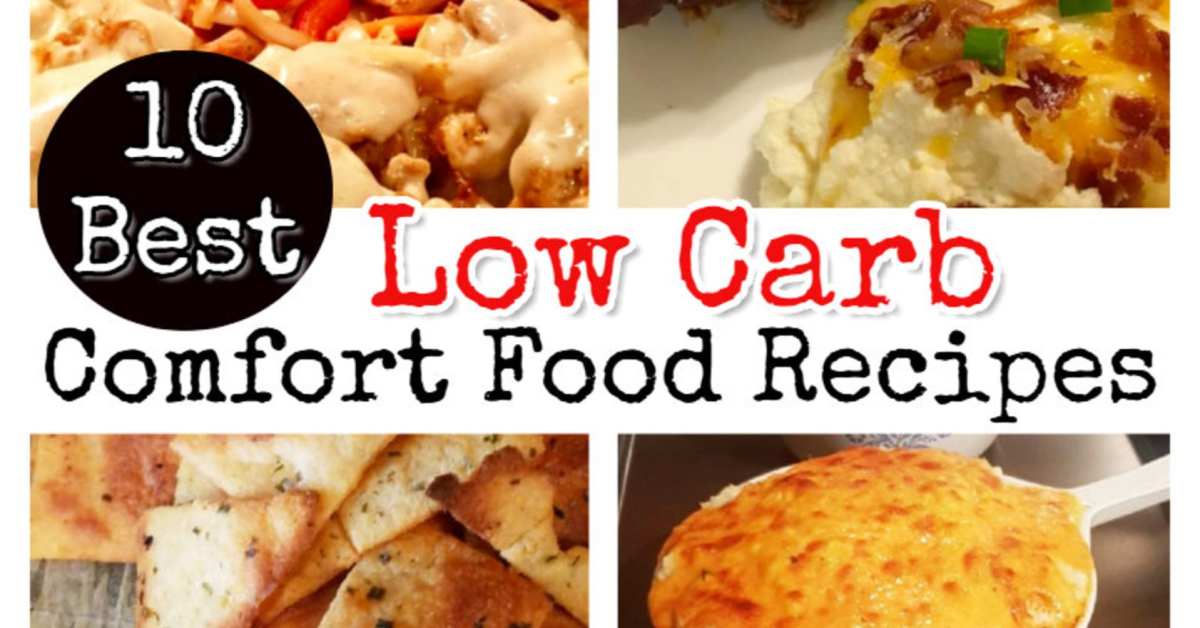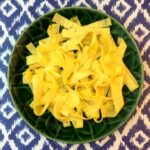Craving comforting, delicious meals without sacrificing your low-carb lifestyle? Imagine sinking your teeth into creamy, cheesy casseroles, fluffy mashed cauliflower, or perfectly browned, carb-conscious bread alternatives – all made from scratch in your own kitchen. This guide unveils the secrets to creating satisfying low-carb comfort food, transforming classic favorites into guilt-free indulgences. We’ll explore simple recipes, clever substitutions, and time-saving techniques, empowering you to enjoy hearty meals that fit seamlessly into your healthy eating plan.
From adapting beloved dishes like mac and cheese and mashed potatoes to discovering exciting new low-carb creations, this comprehensive guide provides a wealth of flavorful options. We’ll cater to various dietary needs, offering vegetarian, dairy-free, and gluten-free alternatives, ensuring everyone can savor the joy of low-carb comfort food. Get ready to explore a world of culinary possibilities, where wholesome ingredients meet irresistible flavors, all within the cozy confines of your home kitchen.
Make-Ahead Low-Carb Comfort Food for Busy Weeknights

Juggling work, family, and social life often leaves little time for elaborate meal preparation. Make-ahead low-carb meals offer a delicious solution, providing satisfying comfort food without sacrificing precious time. These recipes allow you to enjoy wholesome, low-carb dinners even on the busiest weeknights.
Three Make-Ahead Low-Carb Comfort Food Recipes
The following recipes are designed for partial or complete preparation in advance, minimizing weeknight cooking time. Each recipe provides detailed instructions for preparation, storage, and reheating, ensuring optimal flavor and texture.
- Slow Cooker Beef Stew: Imagine a rich, savory beef stew, bursting with tender chunks of beef and hearty vegetables, simmered to perfection. This recipe involves browning the beef and sautéing the vegetables on Sunday, then combining everything in a slow cooker for a low and slow cook throughout the day. The result is a deeply flavorful stew that thickens beautifully as it simmers. Store in airtight containers in the refrigerator for up to four days. Reheat gently on the stovetop or in the microwave, adding a splash of beef broth if needed to maintain moisture.
- Chicken and Vegetable Casserole: Picture a golden-brown casserole brimming with tender chicken, vibrant roasted vegetables like broccoli and cauliflower, and a creamy, cheesy sauce. This recipe can be fully assembled on the weekend and baked before serving. The vegetables can be roasted in advance, and the chicken can be cooked and shredded ahead of time. Assemble the casserole, cover, and refrigerate until ready to bake. This dish reheats well and maintains its texture.
- Zucchini Noodles with Creamy Pesto and Shrimp: Envision a vibrant dish of zucchini noodles tossed in a fragrant pesto sauce, adorned with succulent grilled shrimp. This recipe allows for make-ahead components. The pesto can be made a day or two in advance and stored in the refrigerator. The shrimp can be grilled and cooled, ready to be added to the noodles just before serving. The zucchini noodles should be prepared just before serving to prevent them from becoming soggy. The entire dish can be assembled in minutes on a busy weeknight.
Benefits of Make-Ahead Meals for Busy Schedules
Make-ahead meals significantly reduce weeknight cooking stress by pre-portioning ingredients and completing labor-intensive steps in advance. This translates to less time spent in the kitchen and more time for other priorities. The convenience of having a healthy, delicious meal readily available minimizes the temptation of resorting to less healthy, quick-fix options. Planning and preparing meals in advance promotes healthier eating habits by reducing impulsive food choices. The reduced cooking time also means less cleanup, adding to the overall time savings.
Optimizing Flavor and Texture of Make-Ahead Low-Carb Comfort Food
Proper storage and reheating techniques are crucial for preserving the quality of make-ahead meals. Using airtight containers prevents food from drying out or absorbing odors. Gentle reheating methods, such as stovetop simmering or low-temperature microwaving, prevent overcooking and maintain optimal texture. Adding a splash of liquid, like broth or water, can help restore moisture to reheated dishes. Consider adding fresh herbs or a squeeze of lemon juice just before serving to enhance the flavor and brightness of the dish. For example, adding fresh parsley to the reheated beef stew adds a vibrant pop of color and fresh flavor.
Embarking on a low-carb journey doesn’t mean sacrificing the comforting flavors of home-cooked meals. This guide has shown you that with a little creativity and the right techniques, you can transform classic comfort foods into healthier, satisfying versions. From mastering ingredient substitutions to perfecting make-ahead strategies, you’re now equipped to create a diverse range of low-carb dishes that nourish your body and soul. So, roll up your sleeves, gather your ingredients, and embark on a culinary adventure filled with delicious, guilt-free comfort food.
Detailed FAQs
Can I freeze low-carb comfort food?
Yes, many low-carb comfort foods freeze well. Consider freezing individual portions for easy reheating. Ensure proper storage to maintain quality and prevent freezer burn.
What are some good low-carb sweeteners to use?
Erythritol, stevia, monk fruit, and xylitol are popular low-carb sweeteners. Experiment to find your preferred taste and sweetness level. Remember to check nutritional information for carb counts.
Are all low-carb vegetables suitable for every recipe?
While many low-carb vegetables are versatile, some are better suited to certain recipes. For example, cauliflower works well as mashed potatoes, while zucchini is great for zoodles. Consider the texture and flavor profiles when selecting vegetables.
How do I prevent low-carb dishes from becoming dry?
Add moisture with ingredients like broth, cream, or unsweetened applesauce. Don’t overcook, and consider using cooking methods that retain moisture, such as slow cooking or braising.


